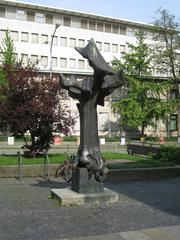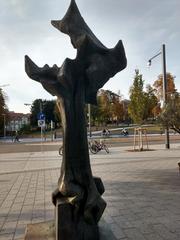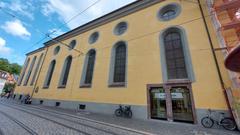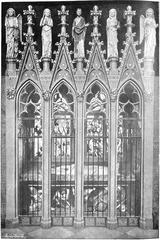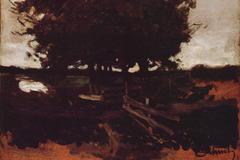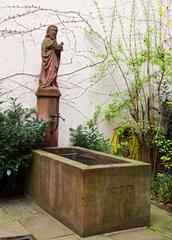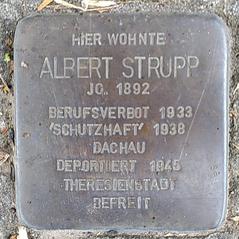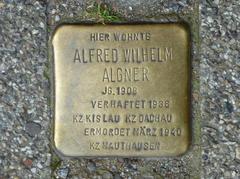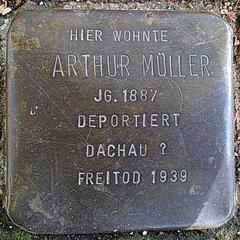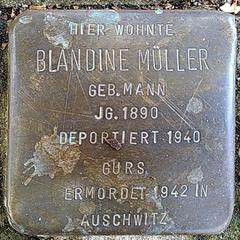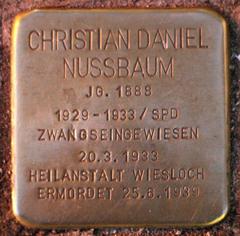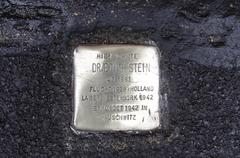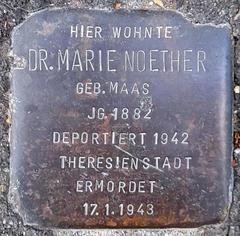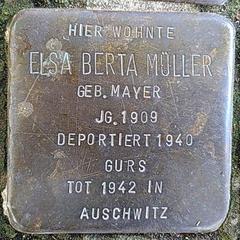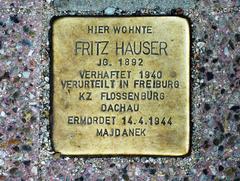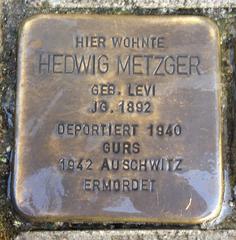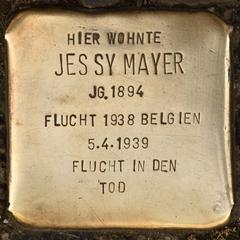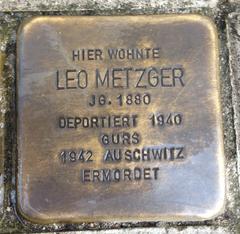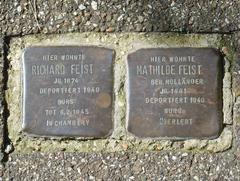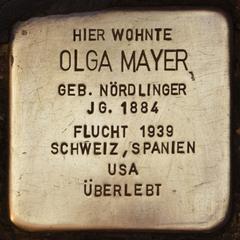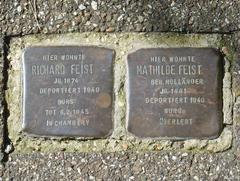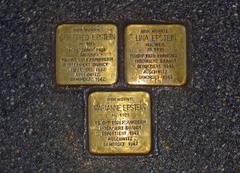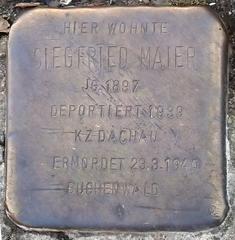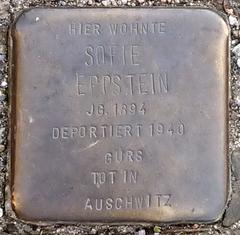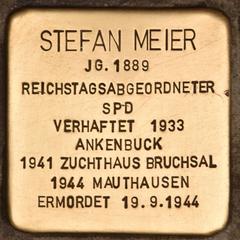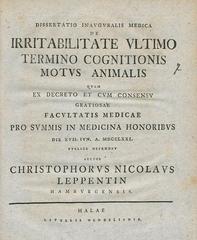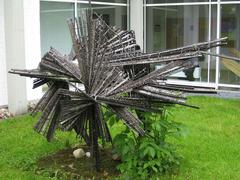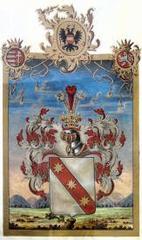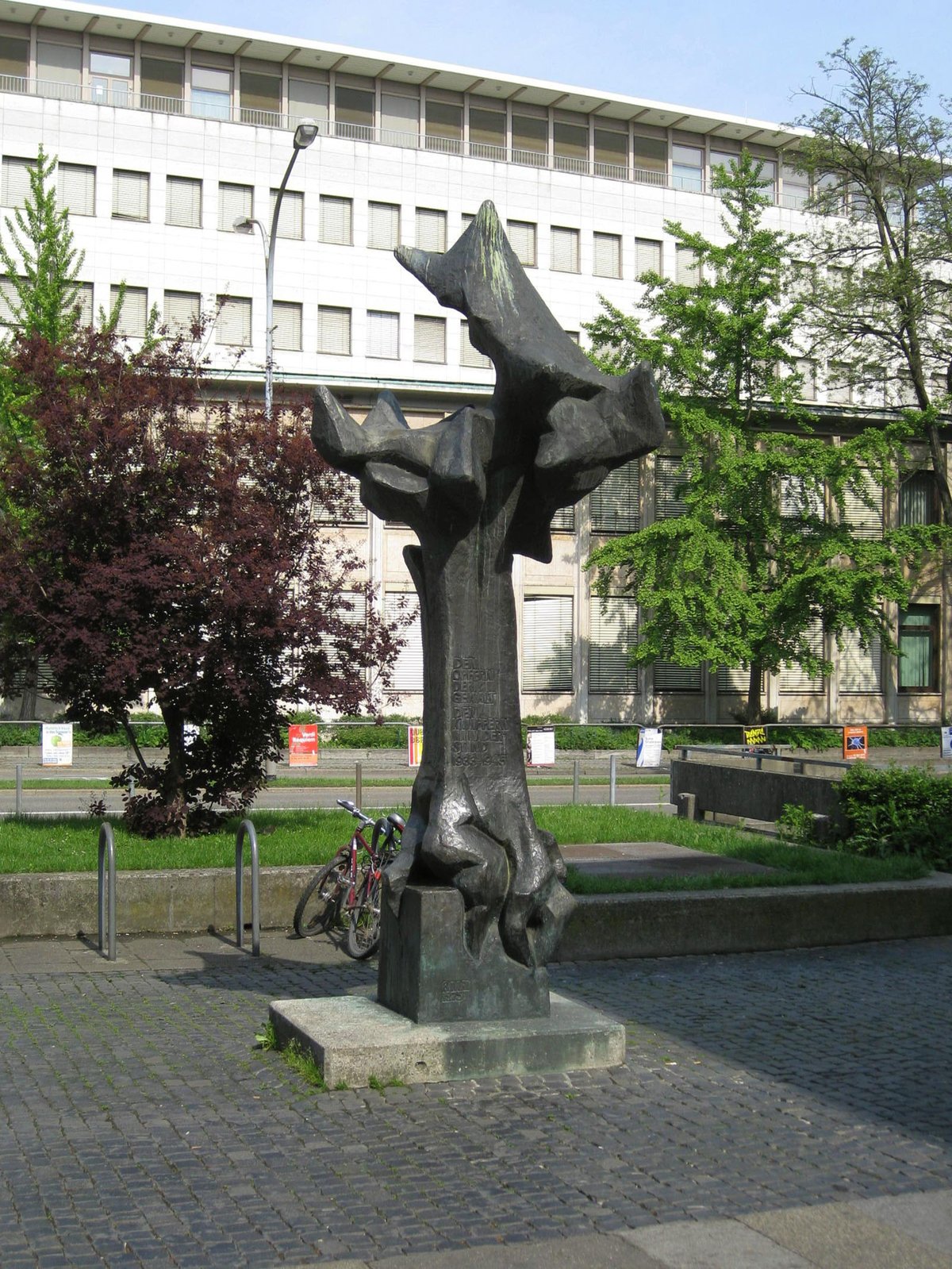
Mahnmal Für Die Opfer Des Naziregimes: Visiting Hours, Tickets, and Freiburg Historical Sites Guide
Date: 14/06/2025
Introduction
The Mahnmal Für Die Opfer Des Naziregimes (Memorial for the Victims of the Nazi Regime) in Freiburg im Breisgau stands as a powerful site of remembrance and reflection. Dedicated to the diverse victims of National Socialist persecution from 1933 to 1945—including Jews, Sinti and Roma, political dissidents, people with disabilities, and other marginalized groups—it is both a place of mourning and an active call to uphold democracy and human rights. Centrally located at Rotteckring near Rathausgasse and the Wiwilí-Brücke, the memorial is woven into Freiburg’s historical and cultural landscape, offering free, 24/7 access and barrier-free entry. This guide provides comprehensive information on the memorial’s history, design, visitor logistics, and its role within Freiburg’s broader remembrance culture. (VVN-BDA Freiburg, Freiburg.de, Komoot)
Table of Contents
- Historical Background: National Socialism in Freiburg
- Creation and Artistic Design of the Mahnmal
- Practical Visitor Information
- Symbolism and Societal Relevance
- FAQs
- Conclusion and Travel Tips
- References
Historical Background: National Socialism and Local Persecution in Freiburg
During the Nazi era, Freiburg was a site of systematic persecution. Local Jewish residents, Sinti and Roma, political opponents, people with disabilities, and homosexuals were subjected to discrimination, forced labor, and deportation. The city’s proximity to subcamps of Natzweiler-Struthof further connects it to the broader network of Nazi atrocities. Freiburg’s role in these events is now documented and commemorated through regional memorials and educational programs. (VVN-BDA Freiburg)
In the immediate postwar years, remembrance was limited. It was not until the 1970s that a more active culture of commemoration emerged, spurred by survivors and antifascist groups, culminating in the creation of the Mahnmal Für Die Opfer Des Naziregimes in 1975.
Creation and Artistic Design of the Mahnmal
The memorial was inaugurated on May 8, 1975—coinciding with the anniversary of liberation from National Socialism—following grassroots advocacy. Sculptor Walter Schelenz designed the nearly four-meter-high bronze monument at Rotteckring, corner Rathausgasse. The inscription reads:
„Den Opfern der Gewalt – Den Kämpfern im Widerstand 1933–1945“
Its abstract form is intended to represent both the suffering endured and the resistance shown against the Nazi regime. Bronze was chosen for its enduring quality, and the prominent placement ensures high visibility within the city center. (Freiburg.de, Komoot)
A related memorial, the Mahnmal Vergessener Mantel (“Memorial of the Forgotten Coat”), features a bronze coat draped over the Wiwilí-Brücke railing, with a subtle yellow star referencing the deportation of Freiburg’s Jewish population. This poignant sculpture draws from survivor testimonies about the chaos and loss during forced departures.
Practical Visitor Information
Location and Accessibility
- Address: Rotteckring, Ecke Rathausgasse, 79098 Freiburg im Breisgau
- Additional Site: Wiwilí-Brücke / Konrad-Adenauer-Platz for the Forgotten Coat memorial
Both memorials are centrally located and easily accessible on foot from the main train station (Hauptbahnhof) and major tram/bus stops (e.g., Rathaus, Rotteckring). The surroundings are paved and step-free, suitable for wheelchair users and visitors with mobility challenges.
Opening Hours and Admission
- Hours: Open 24/7, year-round
- Admission: Free; no tickets or reservations required
Getting There
- By Public Transport: Multiple tram and bus lines stop near Rathaus, Rotteckring, and Hauptbahnhof.
- By Foot/Bike: All memorials are within walking or cycling distance from Freiburg’s historical center.
- By Car: Parking is available nearby but limited; public transport is recommended.
Nearby Attractions
- Freiburg Münster (Cathedral): A renowned Gothic cathedral a short walk away.
- Historisches Kaufhaus: Historic city hall with exhibitions.
- Augustiner Museum: Local art and history collections.
- Altstadt (Old Town): Picturesque streets, cafés, and shops.
Events and Guided Tours
- Commemorative Events: Annually on January 27 (International Holocaust Remembrance Day), May 8 (Day of Liberation), and during the annual Ostermarsch (Easter March).
- Guided Tours: Available through local organizations such as VVN-BdA Freiburg, often in multiple languages. School groups and educational programs frequently include the memorials in their curricula.
 Alt-Text: Bronze-Skulptur des Mahnmals für die Opfer des Naziregimes in Freiburg, am Rotteckring.
Alt-Text: Bronze-Skulptur des Mahnmals für die Opfer des Naziregimes in Freiburg, am Rotteckring.
Symbolism and Societal Relevance
The memorial is a focal point for Freiburg’s remembrance culture, promoting education, civic engagement, and reflection on democracy and tolerance. Its abstract design avoids triumphalism, emphasizing sober remembrance. The inclusion of bronze and references to symbols such as the yellow star connect visitors to the physical and emotional realities of Nazi persecution. Through its presence and the activities it hosts, the Mahnmal Für Die Opfer Des Naziregimes remains a living site of civic dialogue and a bulwark against antisemitism and historical amnesia. (VVN-BDA Freiburg)
The site is also integrated into European remembrance networks, participating in continent-wide commemorations and educational initiatives. It is a hub for public discussions, art installations, and temporary exhibitions addressing memory, justice, and reconciliation.
Frequently Asked Questions (FAQ)
Q: What are the opening hours?
A: The memorial is open 24/7, year-round.
Q: Is there an admission fee?
A: No, admission is free; no tickets are required.
Q: Is the memorial accessible for wheelchair users and those with mobility challenges?
A: Yes, barrier-free access is provided at both memorials.
Q: Are guided tours available?
A: Yes, especially on commemorative dates and by arrangement with local organizations.
Q: Can I take photos?
A: Photography is permitted. Please be respectful, especially during ceremonies.
Q: Are special events held at the memorial?
A: Yes, including annual commemorations and public events such as the Ostermarsch.
Conclusion and Essential Travel Tips
The Mahnmal Für Die Opfer Des Naziregimes in Freiburg is a cornerstone of the city’s historical conscience and a vital site for both reflection and education. Its central, accessible location and integration with Freiburg’s rich heritage make it an essential stop for all visitors. Whether you are seeking a moment of quiet remembrance or participating in a guided educational tour, this memorial invites you to bear witness to history and to engage with the ongoing work of remembrance and civic responsibility. Combine your visit with other nearby historical attractions for a deeper appreciation of Freiburg’s past and present.
For current details on special events, guided tours, and visitor resources, check official sources and consider downloading the Audiala app for self-guided audio experiences. (Freiburg.de, VVN-BDA Freiburg, Memorial Museums Database)
References and Further Reading
- VVN-BDA Freiburg – Veranstaltungen und Gedenken
- Freiburg.de – Mahnmal von Walter Schelenz für die Opfer des Nationalsozialismus
- Komoot – Mahnmal für die Opfer des Naziregimes
- Memorial Museums Database – Mahnmal für die Opfer der NS-Gewaltherrschaft
- Austrian History Yearbook – Politics of History and Monument Culture
- Beobachter – Gedenken der Opfer des Nationalsozialismus
- Commons Wikimedia – Bildmaterial zum Mahnmal
Explore Freiburg’s history through its memorials and join a community dedicated to remembering and learning from the past. For updates, guided tours, and interactive experiences, download the Audiala app and follow us on social media.
